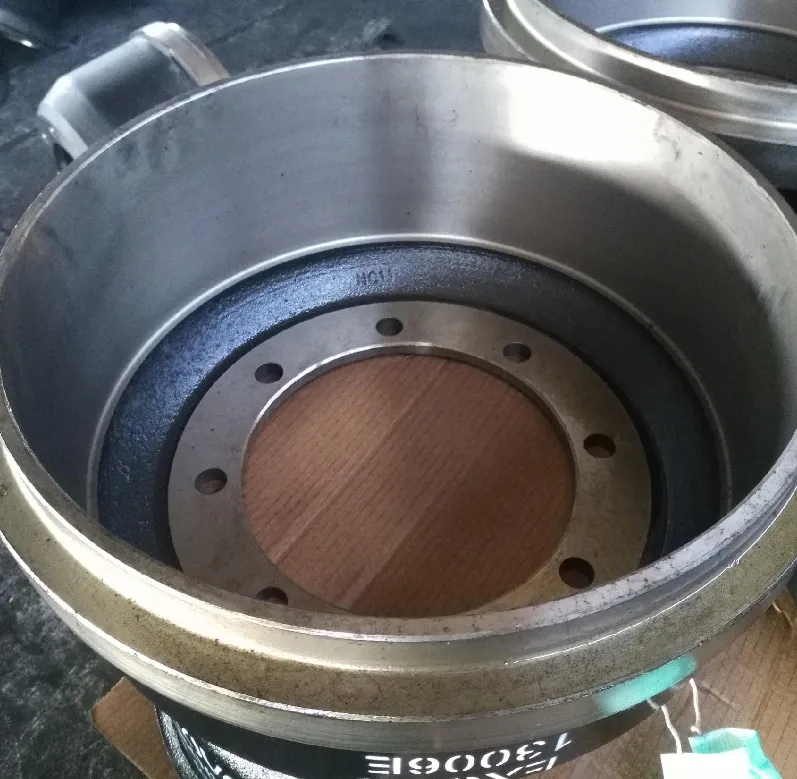
-
 Afrikaans
Afrikaans -
 Albanian
Albanian -
 Amharic
Amharic -
 Arabic
Arabic -
 Armenian
Armenian -
 Azerbaijani
Azerbaijani -
 Basque
Basque -
 Belarusian
Belarusian -
 Bengali
Bengali -
 Bosnian
Bosnian -
 Bulgarian
Bulgarian -
 Catalan
Catalan -
 Cebuano
Cebuano -
 Corsican
Corsican -
 Croatian
Croatian -
 Czech
Czech -
 Danish
Danish -
 Dutch
Dutch -
 English
English -
 Esperanto
Esperanto -
 Estonian
Estonian -
 Finnish
Finnish -
 French
French -
 Frisian
Frisian -
 Galician
Galician -
 Georgian
Georgian -
 German
German -
 Greek
Greek -
 Gujarati
Gujarati -
 Haitian Creole
Haitian Creole -
 hausa
hausa -
 hawaiian
hawaiian -
 Hebrew
Hebrew -
 Hindi
Hindi -
 Miao
Miao -
 Hungarian
Hungarian -
 Icelandic
Icelandic -
 igbo
igbo -
 Indonesian
Indonesian -
 irish
irish -
 Italian
Italian -
 Japanese
Japanese -
 Javanese
Javanese -
 Kannada
Kannada -
 kazakh
kazakh -
 Khmer
Khmer -
 Rwandese
Rwandese -
 Korean
Korean -
 Kurdish
Kurdish -
 Kyrgyz
Kyrgyz -
 Lao
Lao -
 Latin
Latin -
 Latvian
Latvian -
 Lithuanian
Lithuanian -
 Luxembourgish
Luxembourgish -
 Macedonian
Macedonian -
 Malgashi
Malgashi -
 Malay
Malay -
 Malayalam
Malayalam -
 Maltese
Maltese -
 Maori
Maori -
 Marathi
Marathi -
 Mongolian
Mongolian -
 Myanmar
Myanmar -
 Nepali
Nepali -
 Norwegian
Norwegian -
 Norwegian
Norwegian -
 Occitan
Occitan -
 Pashto
Pashto -
 Persian
Persian -
 Polish
Polish -
 Portuguese
Portuguese -
 Punjabi
Punjabi -
 Romanian
Romanian -
 Russian
Russian -
 Samoan
Samoan -
 Scottish Gaelic
Scottish Gaelic -
 Serbian
Serbian -
 Sesotho
Sesotho -
 Shona
Shona -
 Sindhi
Sindhi -
 Sinhala
Sinhala -
 Slovak
Slovak -
 Slovenian
Slovenian -
 Somali
Somali -
 Spanish
Spanish -
 Sundanese
Sundanese -
 Swahili
Swahili -
 Swedish
Swedish -
 Tagalog
Tagalog -
 Tajik
Tajik -
 Tamil
Tamil -
 Tatar
Tatar -
 Telugu
Telugu -
 Thai
Thai -
 Turkish
Turkish -
 Turkmen
Turkmen -
 Ukrainian
Ukrainian -
 Urdu
Urdu -
 Uighur
Uighur -
 Uzbek
Uzbek -
 Vietnamese
Vietnamese -
 Welsh
Welsh -
 Bantu
Bantu -
 Yiddish
Yiddish -
 Yoruba
Yoruba -
 Zulu
Zulu
How to Properly Bleed Your Drum Brake System for Optimal Performance
Can You Bleed Drum Brakes?
When it comes to vehicle maintenance, ensuring that your braking system is in optimal condition is crucial for safety. One common question that arises among car enthusiasts and DIY mechanics is whether you can bleed drum brakes, similar to how you would bleed disc brakes. The answer is yes, you can bleed drum brakes, and this process is essential to maintaining the integrity and performance of your braking system.
Understanding Drum Brakes
Drum brakes work by using friction to slow down or stop a vehicle. They consist of a hollow drum that rotates with the wheel, and inside the drum are brake shoes that press against the interior surface. When you apply the brakes, hydraulic pressure forces the shoes against the drum, creating friction to slow the vehicle. Over time, air can enter the brake lines, which can lead to a spongy brake pedal feel and reduced braking efficiency. Bleeding the brakes helps remove this air and ensures proper hydraulic function.
The Bleeding Process
Bleeding drum brakes is a straightforward process, but it does require some basic tools and knowledge
. Here’s a step-by-step guide1. Gather Necessary Tools You’ll need a brake bleeder kit, a wrench to open the bleeder valve, a container to catch the brake fluid, and safety gear like gloves and goggles.
can you bleed drum brakes

2. Locate the Bleeder Valve Each drum brake assembly has a bleeder valve, typically found near the top of the brake cylinder. It's crucial to locate this for the bleeding process.
3. Check Brake Fluid Level Before you begin, ensure that your master cylinder brake fluid reservoir is filled to the correct level. Low fluid can introduce more air into the system.
4. Bleeding Procedure - Start with the brake furthest from the master cylinder (usually the passenger side rear) and follow the sequence passenger side rear, driver side rear, passenger side front, driver side front. - Have a helper pump the brake pedal several times and hold it down firmly. - Open the bleeder valve to allow fluid and air to escape. You should see a stream of brake fluid, possibly with bubbles (this indicates air). - Close the valve before your helper releases the brake pedal. Ensure the pedal is not released until the valve is closed to prevent more air from entering the system. - Repeat this process until you see a steady stream of brake fluid without bubbles.
5. Final Checks Once all brakes have been bled, check the brake fluid level in the master cylinder again and top off as necessary. Test the brake pedal feel to ensure it feels firm and responsive.
Conclusion
Bleeding drum brakes is a crucial maintenance task that can enhance your vehicle's braking performance and safety. By following the correct procedures, you can ensure that your brake system is free of air and functioning efficiently. Regular brake maintenance, including bleeding, is vital to keeping your vehicle safe on the road. If you are ever uncertain or uncomfortable performing this task, it’s always advisable to consult a professional mechanic.
-
What Are Drum BrakesNewsJul.07,2025
-
Understanding Brake Drum MaterialNewsJul.07,2025
-
Semi-Trailer Brake Drum: A Key Component for Extreme Loads and Long-Distance TransportNewsJul.07,2025
-
Drum Brake Pads for SaleNewsJul.07,2025
-
Brake Drums for SaleNewsJul.07,2025
-
Brake Drum ManufacturerNewsJul.07,2025
-
Aluminum Brake Drums: The Future of High-Performance CarsNewsJul.07,2025
